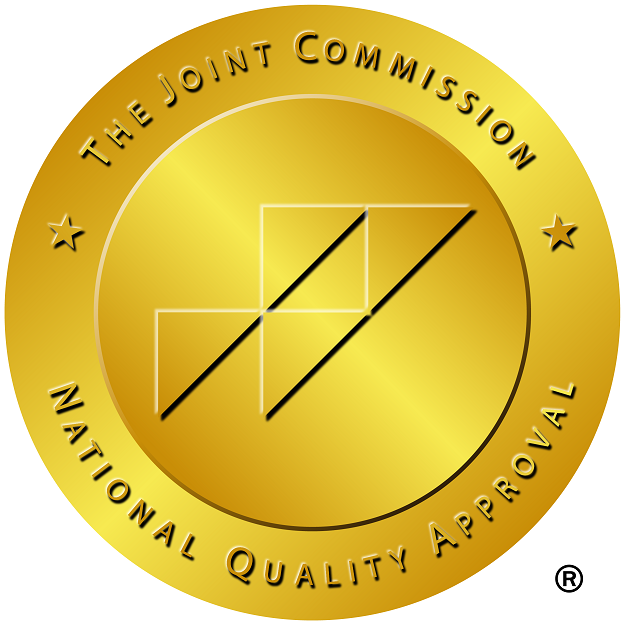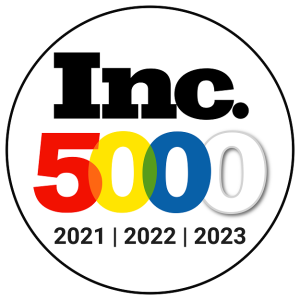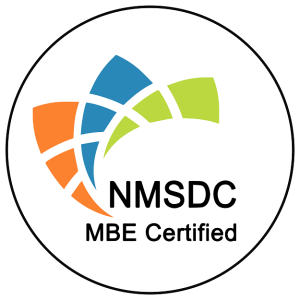Breast Cancer is numerous among women worldwide, and early detection is critical for successful treatment. The traditional breast cancer screening method involves a mammogram and a low-dose X-ray image of the breast tissue. However, digital 3-D technology has become a more advanced and accurate breast cancer screening method in recent years. This article will discuss why digital 3-D tech can better detect breast cancer than traditional mammography.
What is Digital 3-D Breast Cancer Screening ?
Digital 3-D breast cancer screening, also known as tomosynthesis, is an advanced imaging technology that captures multiple X-ray images of the breast from different angles. A computer then reconstructs these images to create a 3-D image of the breast tissue. Unlike traditional mammography, which captures only two photos of each breast, digital 3-D screening provides a more detailed view of the breast tissue, allowing for better detection of breast cancer.
Advantages of Digital 3-D Breast Cancer Screening?
- Increased Accuracy:
Digital 3-D breast cancer screening provides a more detailed and accurate view of breast tissue. The multiple images captured by the technology can detect minor abnormalities in the breast tissue that may be missed by traditional mammography.
- Reduced False-Positives:
False positives occur when a mammogram detects an abnormality that is not cancerous. Digital 3-D screening has been shown to reduce false positives by up to 40%, reducing the number of unnecessary biopsies and follow-up appointments.
- Improved Detection of Cancer in Dense Breast Tissue:
Dense breast tissue can make detecting cancer on traditional mammography difficult. Digital 3-D screening can detect cancer more accurately in dense breast tissue, reducing the chances of a false-negative result.
- Faster Screening Process:
Time patients spend waiting for results and increasing the efficiency of the overall screening process. This can lead to earlier detection and treatment of breast cancer, improving patient outcomes and potentially saving lives. Additionally, faster screening times mean more patients can be screened in a shorter time, which helps reduce waitlists and improve access to screening services.
- More comfortable for patients:
Traditional mammography involves compressing the breast between two plates, which can be uncomfortable or even painful for some patients. Digital 3-D screening, on the other hand, uses a lower radiation dose and does not require breast compression, making the experience more tolerable for many patients. This can increase patient satisfaction and encourage more people to get screened regularly.
Digital 3-D Mammography & Improved Detection Rates: Recent Studies
In current years, several studies have demonstrated the effectiveness of digital 3-D mammography as a screening tool for breast cancer. These studies have shown that digital 3-D mammography, also known as tomosynthesis, can improve detection rates and reduce false positives compared to traditional 2-D mammography.
A study in the Journal of the (AMA) American Medical Association in 2014 found that digital 3-D mammography detected significantly more invasive breast cancers, leading to fewer false-positive results than 2-D mammography. The study also found that combining 2-D and 3-D mammography led to even higher cancer detection rates.
Another study in the New England Journal of Medicine in 2013 found that digital 3-D mammography resulted in a 41% increase in the detection of invasive breast cancers compared to 2-D mammography alone. The study also found that false positive results were reduced by 15% with digital 3-D mammography.
These studies and others demonstrate that digital 3-D mammography can effectively detect breast cancer, especially in women with dense breast tissue. By providing a more detailed image of the breast, digital 3-D mammography can improve detection accuracy and reduce the need for additional testing or biopsies due to false positive results.
Overall, digital 3-D mammography in breast cancer screening can lead to earlier detection, more accurate diagnoses, and improved patient outcomes.
Accessing Digital 3-D Mammography: Availability & Cost Considerations
Digital 3-D mammography is an effective screening tool for breast cancer, but its implementation in healthcare settings can vary depending on availability, insurance coverage, and cost considerations.
Currently, digital 3-D mammography is available in many healthcare settings, including hospitals and imaging centers. However, the availability may vary depending on the location and resources of the healthcare facility. Not all insurance plans cover digital 3-D mammography, and out-of-pocket costs can be higher than traditional mammography. Patients must check with their insurance provider to understand their coverage and potential costs.
Efforts are underway to increase access to digital 3-D mammography, particularly for underserved populations who may face more significant barriers to screening. One initiative is the “It’s Time for 3-D” campaign, with the objective to raise awareness of the benefits of digital 3-D mammography and advocate for its availability to all women. Other efforts include using mobile mammography units to bring screening services to rural or remote areas.
In addition, some healthcare facilities offer financial assistance programs or payment plans to help make digital 3-D mammography more affordable for patients needing insurance coverage or facing financial barriers.
Overall, digital 3-D mammography is essential in improving breast cancer screening and detection rates. While availability and cost considerations can be challenging, efforts are made to increase access to this technology and make it more accessible to all women.
Conclusion
In conclusion, digital 3-D mammography has revolutionized breast cancer screening, providing numerous benefits that traditional mammography cannot. From detecting cancers earlier to reducing false positives and the need for additional imaging, this technology has the potential to save lives & improve outcomes for women.
Women must take control of their breast health and advocate for access to digital 3-D mammography. By discussing this technology with their healthcare providers and requesting it for their next screening, women can ensure they receive the most advanced and accurate care possible.
So, if you or a loved one are due for a breast cancer screening, don’t hesitate to bring up digital 3-D mammography with your healthcare provider. Together, we can work on a future where all women can access the latest and most significant breast cancer screening technology advancements.















